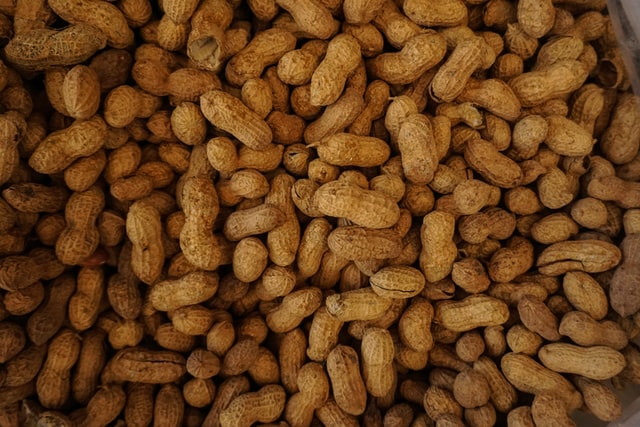22.6 Example: Cadmium in peanuts

A study of peanuts from the United States (Blair and Lamb 2017) found the sample mean cadmium concentration was 0.0768 ppm with a standard deviation of 0.0460 ppm, from a sample of size 290 peanuts gathered from a variety of regions at various times (attempting to find a representative sample).
The parameter is , the population mean cadmium concentration in peanuts.
Every sample of peanuts is likely to produce a different sample mean; that is, the sample means show sampling variation. The sampling variation can be measured using the standard error:
The approximate 95% CI is or , which is from 0.0714 to 0.0822 ppm. (The margin of error is 0.00540.)
If we repeatedly took samples of size 290 from this population, about 95% of the 95% CIs would contain the population mean (but this CI may or may not contain the value of ).
The plausible values of that could have produced are between 0.0714 and 0.0822ppm. Alternatively, we are about 95% confident that the CI of 0.0714 to 0.0822 ppm straddles the population mean.
Since the sample size is larger than , the CI is statistically valid.